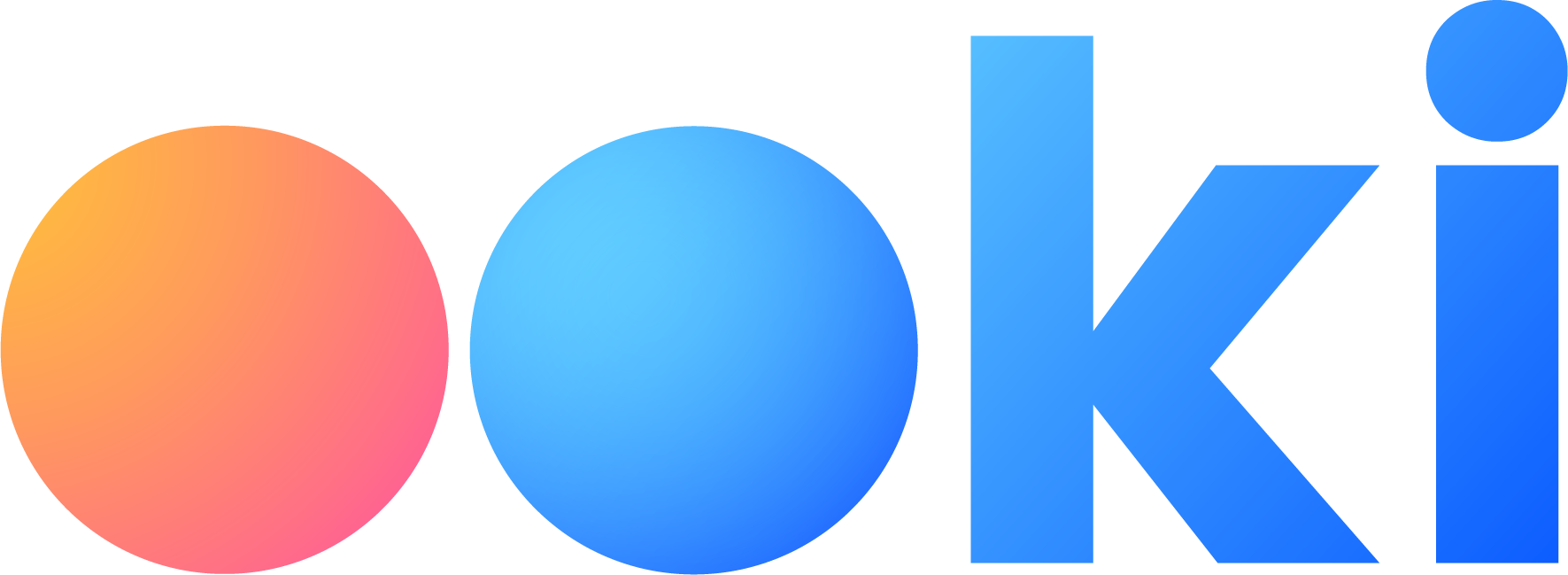What is Technical Analysis?
Technical Analysis (TA) is a strategic approach to market analysis, aiding traders and investors in identifying potential trading and investment opportunities. It involves the study of historical market data, primarily price and volume, to forecast future market behavior.
Tools and Concepts in Technical Analysis
In the realm of Technical Analysis, a variety of tools and concepts are employed to decode market trends and investor behavior.
While chart indicators are a significant part of this, encompassing tools like RSI or MACD, TA also includes comprehensive theories and methods like complex analytical frameworks. These tools and concepts offer deeper insights into market dynamics, going beyond mere statistical trends to include psychological and behavioral analysis of the markets.
In this week's article we are focusing on Elliott Wave Theory.
Elliott Wave Theory
The Elliott Wave Theory, conceptualized by Ralph Nelson Elliott in the 1930s, is a distinctive and widely acknowledged approach to technical analysis. It is predicated on the theory that financial markets exhibit a rhythmic pattern of waves, driven by collective investor psychology or crowd behavior. According to this theory, market prices unfold in specific patterns, referred to as "waves."
Elliott identified that price movements in financial markets are not random and chaotic, but instead follow repetitive cycles. These cycles are the result of investor psychology influenced by external factors. The theory posits that market trends are composed of two main types of waves: impulse waves (moving with the trend) and corrective waves (moving against the trend). An impulse wave typically consists of five smaller waves, while a corrective wave typically consists of three smaller waves.
This pattern of five waves advancing and three waves retreating is considered the complete cycle of market movement. Elliott Wave practitioners analyze these wave patterns to forecast future market behavior, believing that if they can correctly interpret the unfolding waves, they can predict where the price will go next with a high degree of accuracy.

How to Use Elliott Wave Theory in Trading Strategies
Integrating Elliott Wave Theory into trading strategies requires an understanding of its principles to anticipate potential market movements. Here's how traders can apply it:
- Identifying Wave Patterns: The first step in applying Elliott Wave Theory is identifying the start of a wave cycle. This involves recognizing the larger trend and then identifying the impulse and corrective waves within that trend.
- Forecasting Market Direction: By analyzing the wave patterns, traders can anticipate the probable direction of the market. For instance, if a five-wave advance is identified, it's expected to be followed by a three-wave correction.
- Timing Entries and Exits: Traders use wave analysis to time their market entries and exits. Entering at the start of an impulse wave and exiting at its conclusion, or entering at the start of a corrective wave and exiting before its reversal, can optimize trade outcomes.
- Risk Management: Since no theory is infallible, employing strict risk management is crucial. This includes setting stop-loss orders and having clear criteria for adjusting or exiting positions if the anticipated wave pattern fails to materialize.
- Complementary Analysis: While Elliott Wave Theory can be powerful, it's often used in conjunction with other forms of technical analysis, like Fibonacci retracements or MACD, for confirmation and enhanced accuracy.
In conclusion, Elliott Wave Theory offers a comprehensive framework for understanding market dynamics. Its application in trading strategies enables traders to interpret market trends and make informed decisions. However, its complexity and subjective interpretation require a deep study and experience to be effectively utilized in trading.
Use the Ookiversity to learn more about indicators and trading tools.
About Ooki
Ooki is a protocol for margin trading, borrowing, lending and staking enabling the building of Decentralized Applications for lenders, borrowers, and traders to interact with the most flexible decentralized finance protocol on multiple blockchains. Ooki is a fully decentralized, community-run DAO, governed by the community vote for all major changes to the protocol. Ooki users can engage in margin trading with up to 15x leverage using a fully decentralized trading platform.






